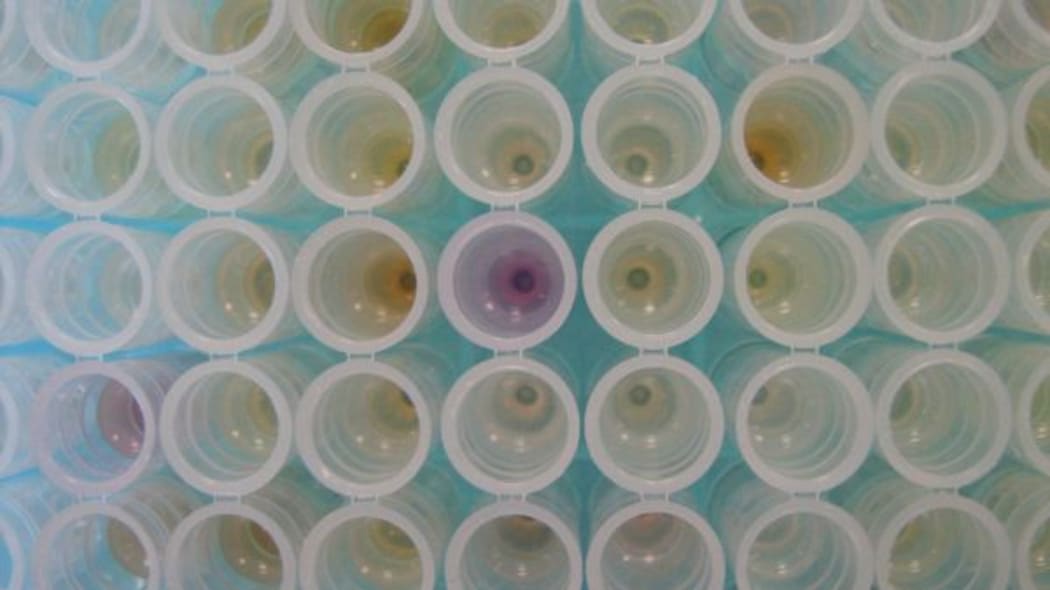
Photo: CC BY 2.0
A method of editing the genetic code has been named the journal Science's Breakthrough of the Year 2015.
Called CRISPR (“clustered regularly interspaced short palindromic repeats”), the technique involves precisely targeting parts of our genome by either cutting or pasting DNA. It's a tool that bacteria themselves use as a defense weapon, which is now being manipulated by scientists.
The work was done by two scientists - Jennifer Doudna from the University of California, Berkeley, and Emmanuelle Charpentier, now at the Max Planck Institute for Infection.
The technique is proving controversial but there is no doubting its impact and its potential usefulness. With an estimated 7.9 million children born with a serious birth defect of genetic or partially genetic origin around the world every year, the hope is that CRISPR could help stop diseases like like cystic fibrosis and Huntington's.
But there are fears the same technique could be used to change a person's genes to manipulate their appearance, intelligence, or even their identity.
According to Dr Chris Smith of The Naked Scientists some commentators have likened the CRISPR system to the Model T Ford, highlighting its "dependability, affordability and a transformative effect on society".
Other breakthroughs nominated for the year that achieved runner-up status included the New Horizons mission to Pluto, the development of an Ebola vaccine, and the discovery of the remains of homo naledi deep in a cave in South Africa.

